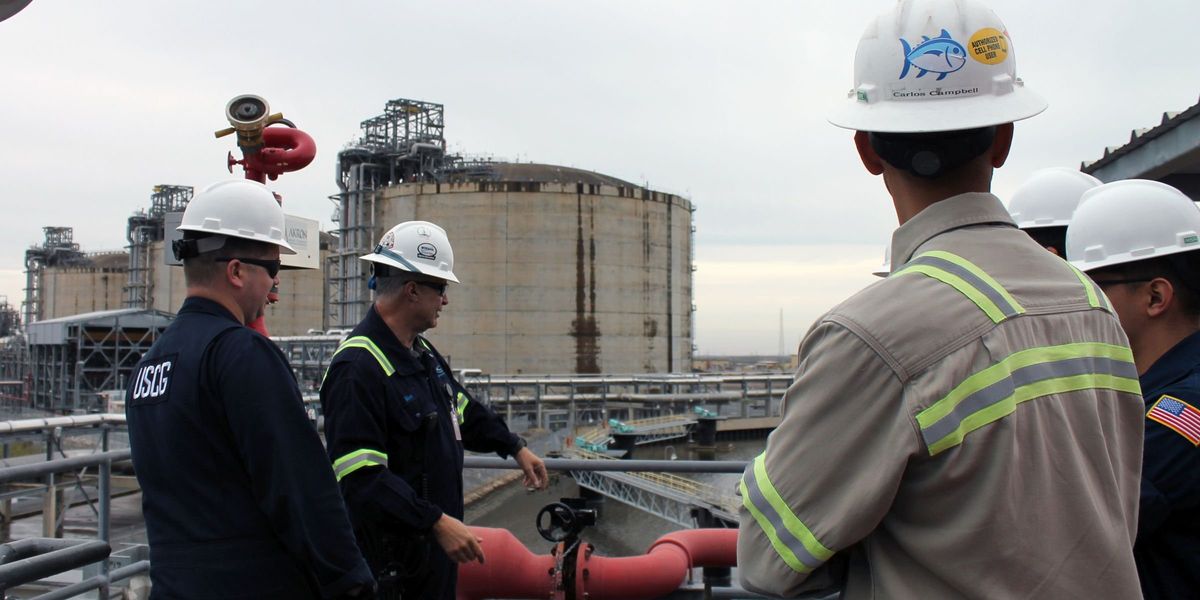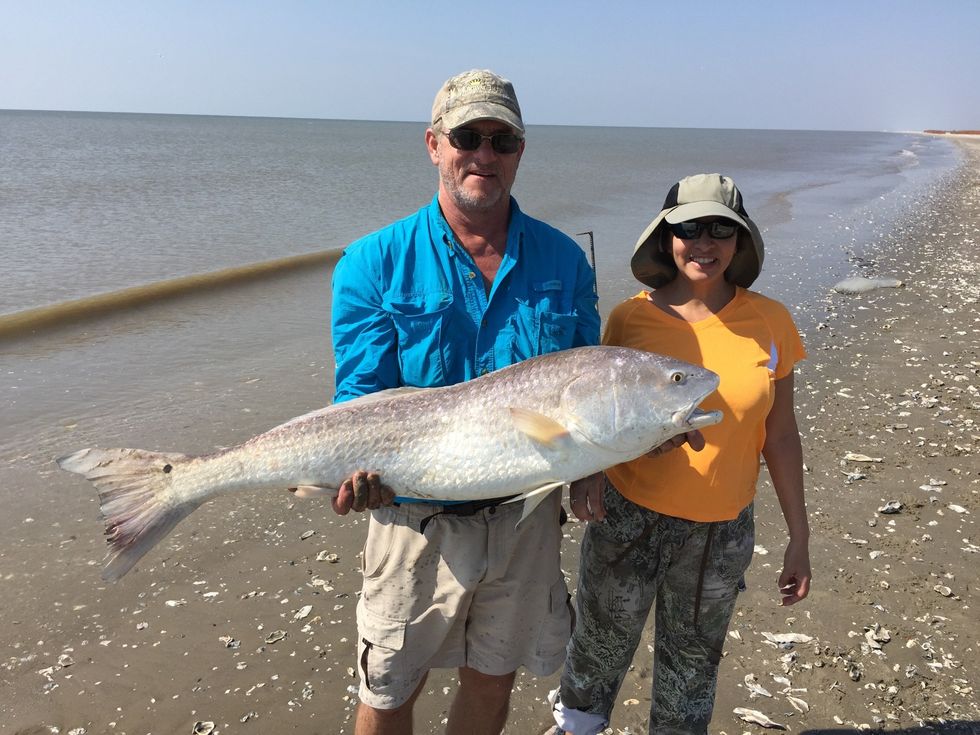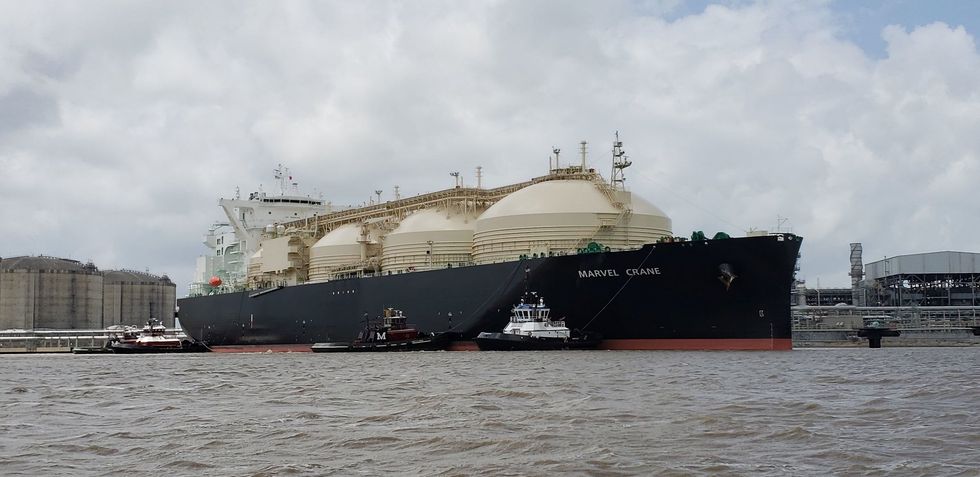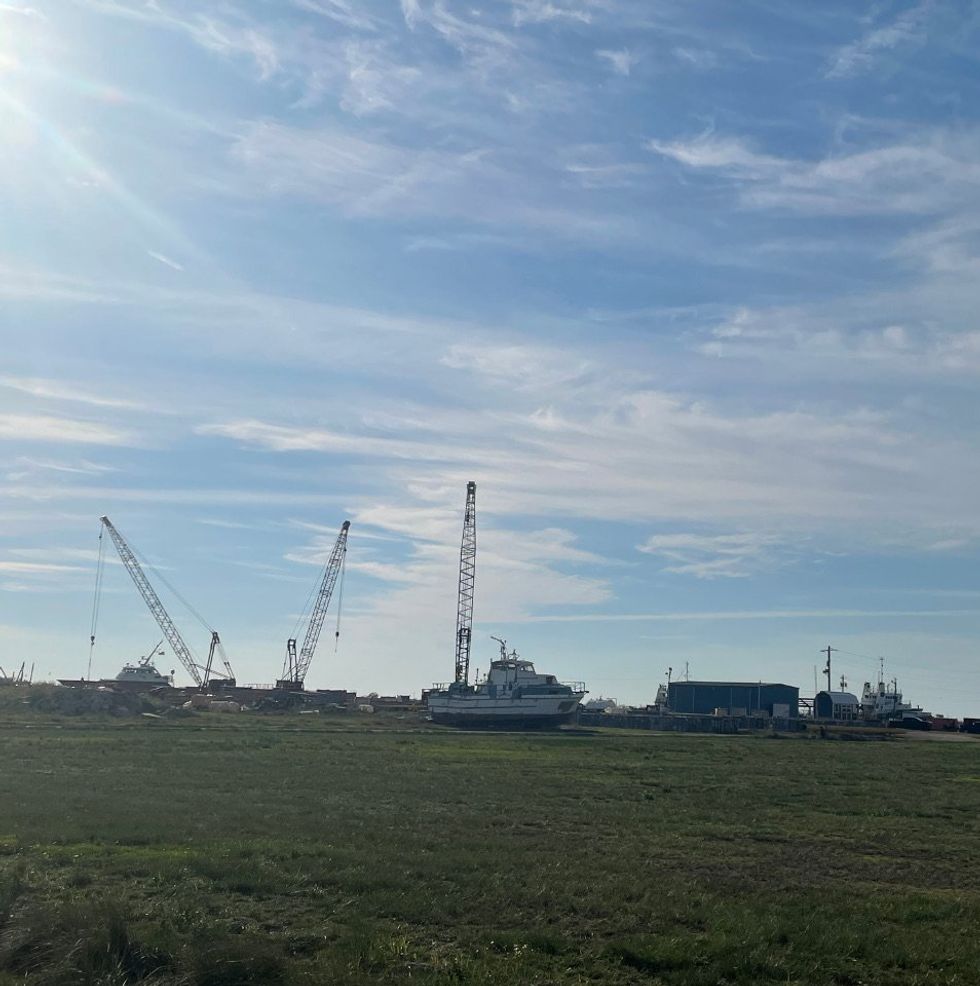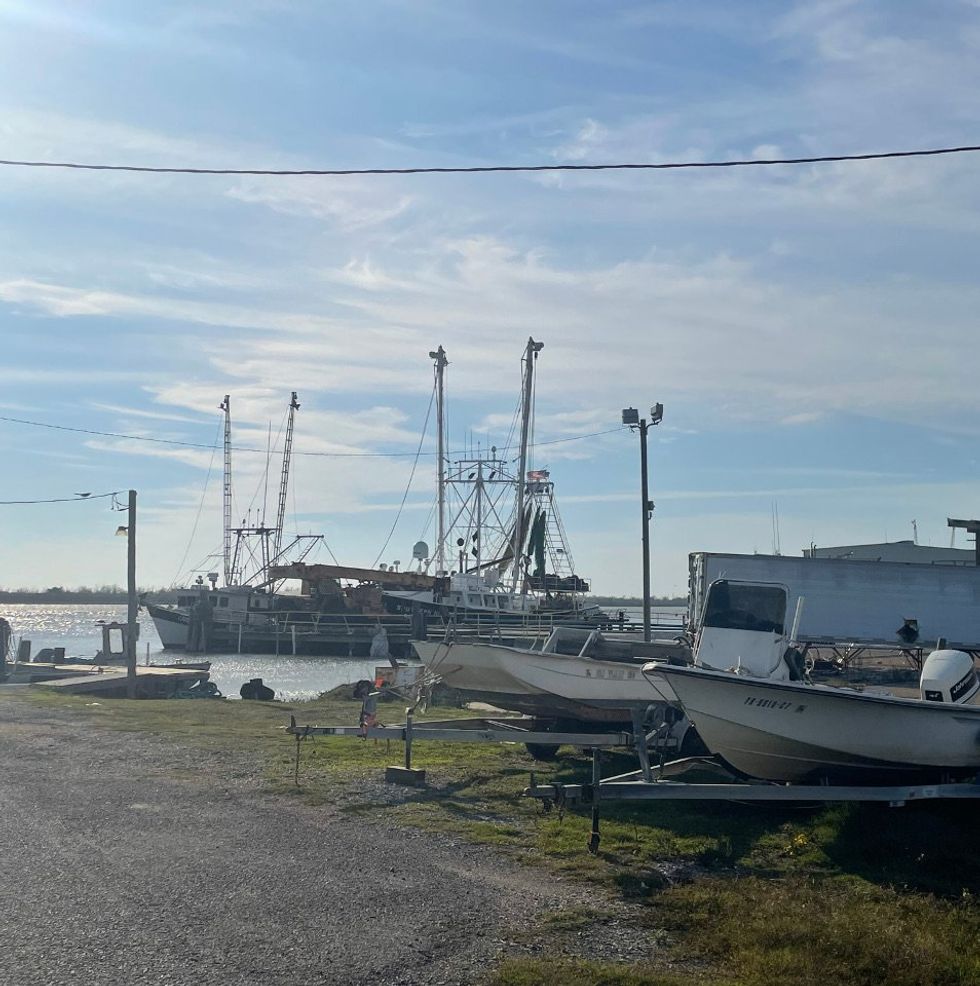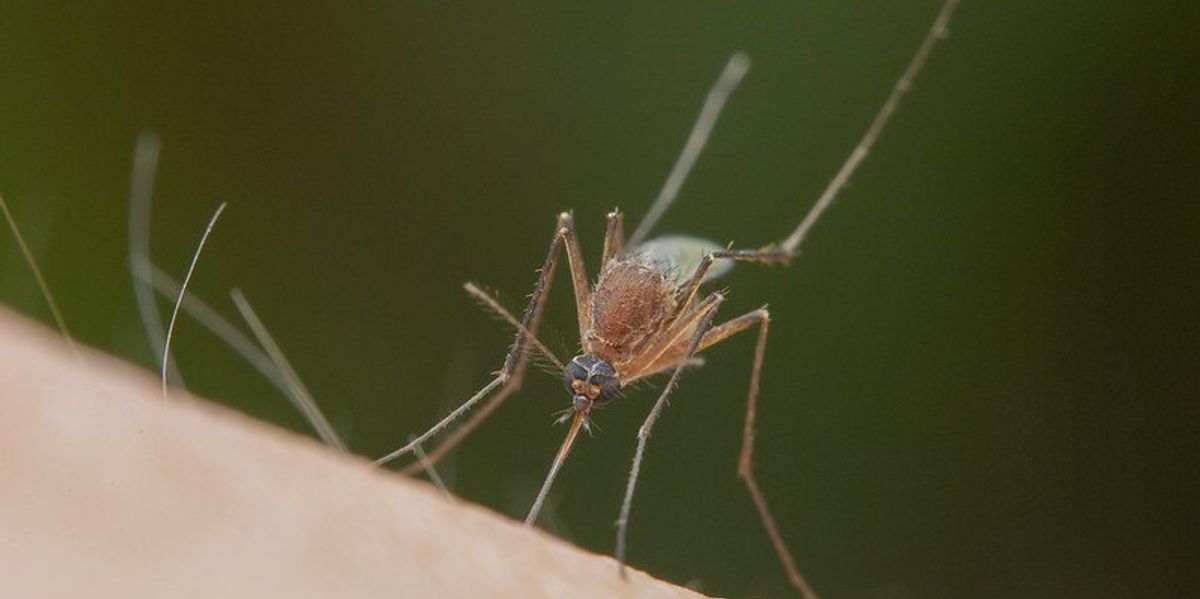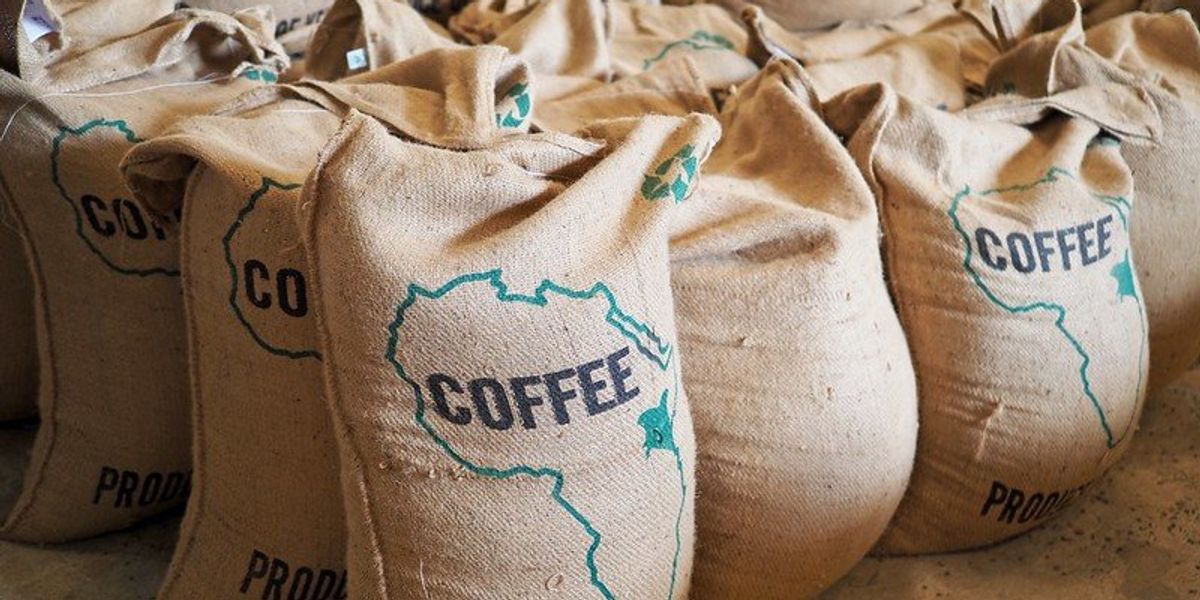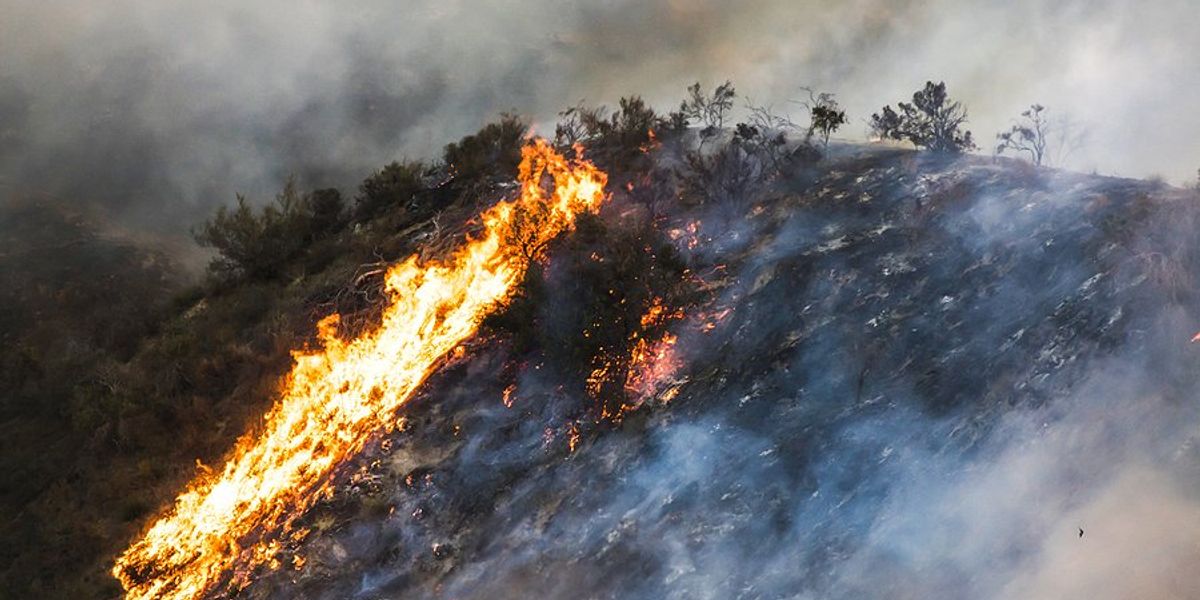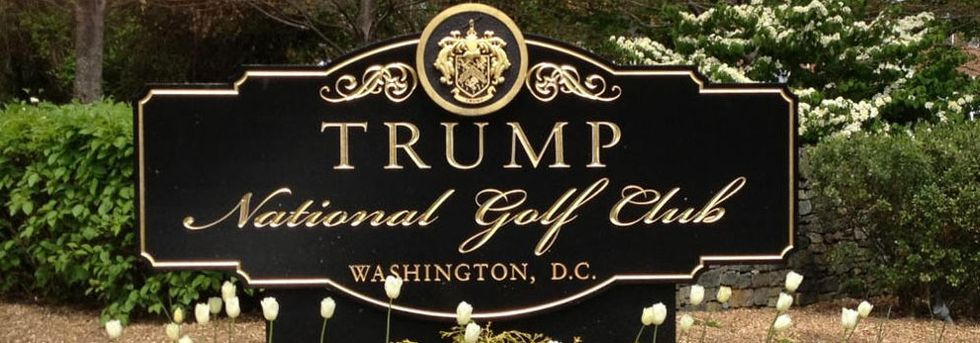
The environment loves me. I’m going to do very well with the environment. It’s gonna be great.
Donald Trump’s messy divorce from environmental reality.
The environment loves me. I’m going to do very well with the environment. It’s gonna be great.
June 18, 2016
Donald Trump’s messy divorce from environmental reality.
By Peter Dykstra
The Daily Climate
In early June, two news organizations dug up documented but long-forgotten tidbits on Donald Trump’s on-again, off-again relationship with the environment.
And the incompatibility of the findings is emblematic of his long, complicated relationship with reality.
Presumably donning a gas mask for the chore before him, Max Rosenthal of Mother Jones read Trump’s 1997 book, The Art of the Comeback. The Donald, it seems, regarded concerns over asbestos as a Mafia-inspired conspiracy. The fire-proofing mineral, he said, just “got a bad rap” and is “100 percent safe, once applied.” The Occupational Safety and Health Administration, apparently in cahoots with the Mob, differed, saying there was “no safe level” of asbestos exposure.
In the late 90’s, Trump agreed to an undisclosed settlement with undocumented construction workers at his New York City Trump Tower site, who alleged they worked in “choking clouds of asbestos dust without protective equipment.”
Writing in Grist, Ben Adler and Rebecca Leber unearthed Trump’s support of a call for action on the eve of the 2009 Copenhagen climate summit. The full-page New York Times ad warned “if we fail to act now, it is scientifically irrefutable that there will be catastrophic and irreversible consequences for humanity and our planet.”
Joining Trump and three of his children as signers were some of the least Trump-like business leaders in America: Vermont ice cream magnates Ben and Jerry, philanthropist Jeff Skoll, Martha Stewart, Deepak Chopra. The founders of Patagonia, Chipotle, Seventh Generation, Aveda, and yes, the creators of Barney the Dinosaur and the Blue Man Group. As a special added irony, Graydon Carter, a legendary Trump tormentor through relentless and mirthful taunting in Spy Magazine, is joined with the Donald therein.
Just two months after joining the call to action, Trump cited the unusually snowy 2010 winter in the Northeast as the reason to strip Al Gore of his shared Nobel Peace Prize. “China, Japan and India are laughing at America’s stupidity,” he told the membership of his Trump National Golf Club outside New York City.
Time and again, the fairways of Trump’s far-flung golf empire have been the setting for his assaults on the Greens. Later in 2010 at another Trump National Golf Course (he owns 17 golf resorts worldwide) in Loudon County, Virginia, Trump ordered a mile-long stretch of Potomac River shoreline deforested so that his golfers could have a better view of the river. More than 400 mature trees disappeared, removing habitat for bald eagles and migratory birds. In their place, tree stumps and an eroding riverbank.
The Trump National Golf Course in Bedminster, New Jersey, was cited by the state’s environment agency in 2011 for tree removal and wetlands damage. The course is also in a partnership with New Jersey Audubon and the U.S. Fish and Wildlife Service on a habitat restoration project.
“I have a great environmental record,” said the Donald as his golf course controversies swirled. “I have a record that, in my opinion, everybody would love.” Except, perhaps for employees of the U.S. Environmental Protection Agency, which Trump has vowed to eliminate. Except that he mistakenly called the EPA the “Department of Environmental Protection,” which is the name of the state agency that slapped his New Jersey course.
About 30 miles to the east of Bedminster lies the broken dream of yet another Trump golf course. EnCap was an ambitious plan to convert 1,330 acres of the Hackensack Meadowlands—an estuary five miles from Times Square better known as the final resting place for both metro New York’s trash and Mafia victims—into thousands of units of housing, office space and a world class golf course. When the original investors ran into financial trouble and accusations of organized crime involvement, Trump rode in to rescue EnCap (he was not implicated in the alleged Mob ties, and an investigation by then-US Attorney Chris Christie was inconclusive).
What ensued was a bitter two-year battle between Trump and state and local leaders, including future EPA chief Lisa Jackson, then in charge of NJDEP. “In my opinion you don’t put around four billion tons of housing on a landfill which is on top of a marsh,” said John Hipp, Republican mayor of the town of Rutherford.
"I have a great environmental record. I have a record that, in my opinion, everybody would love." Donald Trump
Trump pressed to increase the housing units on the land, while low-balling the costs to make the polluted land habitable. In 2008, New Jersey pulled the plug, losing $50 million on the abortive deal. And Trump never saw his asking price of $12 million for the honor of using the name "Trump" on the project.
With the exception of the 2009 New York Times ad, Trump has been unusually consistent in his tweets and public pronouncements on climate change, calling it “pseudoscience,” a Chinese-led “hoax,” and on a particularly snowy day, “bullshit.”
But when erosion at his seaside Trump International Golf Links in County Clare, Ireland, became a threat, Trump petitioned to build a wall—a seawall, to protect the links from “global warming and its effects.”
One more golf item before we hit the clubhouse: n 2012, Trump built what businessman Donald Trump has called “the world’s greatest golf course” after obtaining permission to plow through protected dunes on the Scottish coast near Aberdeen. Altering the beloved dunes was tolerable for most locals, though, since Trump promised 6,000 jobs with the opening of his golf links and resort. They even gave Trump a pass when he described the neighboring ancient farm buildings as a “slum” and looked the other way when the stiff Aberdeenshire winds made the Donald’s epic coiffure start breakdancing.
But those same winds created a threat Trump could not accept. A proposal for 23 wind turbines, within sight of the Trump resort, prompted the kinds of Trumpian outbursts that have become routine in this year’s election campaign. Trump, like William Wallace before him, was “fighting for the benefit of Scotland.” First Minister Alex Salmond, who supported the windfarm, would be “known for centuries as the man who destroyed Scotland.”
Trump also branded the wind menace as potentially the worst thing that ever happened to Scotland. (The sacking of Scotland by the Vikings in 790, the Great Plague of 1645, the Famine of the 1840’s and the 1988 Lockerbie terrorism disaster be damned.)
Losing a third and final round in the UK’s Supreme Court last December, Trump has had little to say about the windfarm since. But Alex Salmond cheerfully tore a phrase from the Trump playbook, calling him a “three time loser.” Also lost? All but 200 of those promised 6,000 jobs.
Back to the iconic hair for a moment. On several occasions in the last five years, Trump has launched into an extended riff on his understanding of hairspray and the ozone layer. In a campaign speech in May, he repeated the tirade to a Charleston, West Virginia, audience. Hairspray, he said, “Used to be real good. Today, you put the hairspray on, it’s good for 12 minutes.”
Blaming regulations that restricted aerosols known to damage the Earth’s ozone layer, Trump continued. “So if I take hairspray, and if I spray it in my apartment, which is all sealed, you’re telling me that affects the ozone layer? I say no way folks, no way.”*
The audience in America’s most iconic coal mining state approved. Even more so when Trump made non-specific promises to bring the coal industry back to its former glory. But Trump has been equally fond of the fracking industry, widely blamed/credited with breaking Big Coal’s back. And even coal industry zealots like Bob Murray, the outspoken boss of Murray Energy, have marked The Donald as out to lunch on this. Murray added that when he asked the pro-natural-gas Trump about LNG, the potential Commander-in-Chief said “What’s LNG?”
In contemporary America, climate denial and anti-regulatory tirades are a dime a dozen. But the one Trump utterance that truly knocked me off my chair was this one. Speaking to a rally in Fresno in late May he looked Californians in the eye and told them that their four year long drought does not exist. “They don’t understand – nobody understands it. There is no drought. They turn the water out into the ocean,” all to protect “a certain kind of three-inch fish.”
Just wow.
He was apparently referring to the refusal by state and federal officials to virtually drain some Central Valley streams by diverting water to farmers and ranchers stricken by the non-drought. Federal law prohibits such diversions if they substantially harm wildlife, including the endangered Delta smelt.
California has had the driest four-year period in its history, and while El Niño rains brought some temporary relief, the lack of rainfall is still an unfolding disaster, including in smelt-free parts of the state. Abandoned orchards, parched cattle, vanished snowpack, drained reservoirs and municipal water restrictions aside, 1.1 million Californians pulled Trump’s lever in the June 6 primary.
Oh, there’s one more golf thing. If by chance Mr. Trump is wrong about climate change being a hoax created by China, scratch at least three of his golf course off the list. His seaside, sea-level courses in Miami, Palm Beach and Jupiter, Florida, will all be underwater and offshore.
*Bonus hairspray information: According to the Houston Chronicle, Trump uses “CHI Helmet Head Extra Firm Hair Spray,” developed and sold by Palestinian immigrant Farouk Shami. Mr. Shami halted his company’s sponsorship of Trump’s Miss Universe Pageant after Trump’s anti-Islamic comments late last year, which Trump doubled down on after the Orlando massacre.
The Daily Climate is an independent, foundation-funded news service covering energy, the environment and climate change. Find us on Twitter @TheDailyClimate or email editor Brian Bienkowski at bbienkowski [at] EHN.org
Top photo: Trump National Golf Club, Washington D.C. (Credit: Sandy Kemsley); Donald Trump (Credit: Gage Skidmore); New Jersey Meadowlands (Credit: proteinbiochemist); Wind rally in Edinburgh (Credit: Ric Lander); Drought graphic (Credit: University of Nebraska)



